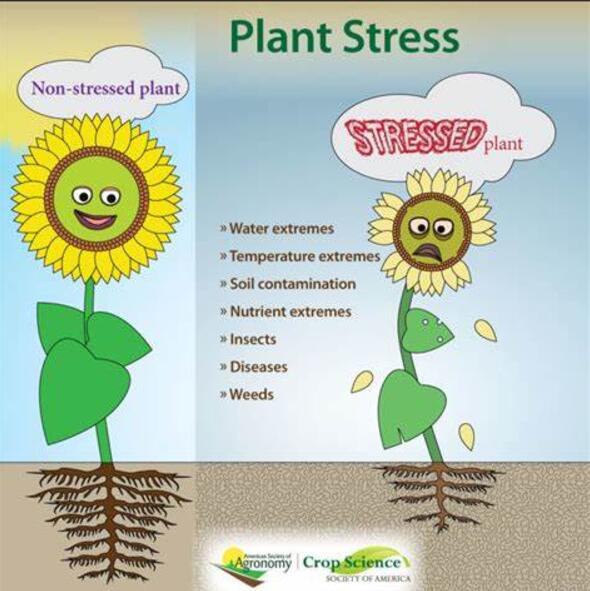Fennel and other aqueous Apiaceae byproduct extracts as novel bioprotectants: Unravelling their bioactivity, working mechanism and bioactive compounds
IF 6.8
Q1 PLANT SCIENCES
引用次数: 0
Abstract
With regard to circular economy, upcycling organic waste streams to products with a biopesticidal activity represents a promising approach in integrated pest management. The current study demonstrates the induced resistance (IR) activity of seven aqueous extracts from byproducts of the Apiaceae plant family in rice to the root-knot nematode Meloidogyne graminicola. Furthermore, we unveiled that the systemic IR activity of an aqueous extract from fennel (FWE) is conserved among monocot and dicot plants and is effective against a wide range of plant pathogens as it induces resistance in rice against Pyricularia oryzae, in sugar beet against Heterodera schachtiii, in tomato against Meloidogyne incognita and in Arabidopsis against Hyaloperonospora arabidopsidis and Botrytis cinerea. The extract also showed a strong direct nematicidal activity against M. graminicola, fungicidal activity against P. oryzae and bactericidal activity against Pseudomonas syringae pv. tomato DC3000. Transcriptome analysis in combination with complementary biochemical validation in FWE-treated rice plants underlined the importance of an altered reactive oxygen species (ROS) metabolism, lignin accumulation and elevated levels of abscisic acid (ABA),indole-3-acetic acid (IAA) and jasmonic acid (JA) in FWE-treated rice plants. Lastly, bioactivity-guided fractionation and identification revealed several small organic acids such as alanine, malic acid and У-aminobutyric acid (GABA) as potential IR eliciting constituents in the extracts. To summarize, our data demonstrates high potential for valorization of Apiaceae byproduct extracts as preventive or curative plant bioprotectants in near-future eco-friendly agricultural practices.
求助全文
约1分钟内获得全文
求助全文
来源期刊

Plant Stress
PLANT SCIENCES-
CiteScore
5.20
自引率
8.00%
发文量
76
审稿时长
63 days
期刊介绍:
The journal Plant Stress deals with plant (or other photoautotrophs, such as algae, cyanobacteria and lichens) responses to abiotic and biotic stress factors that can result in limited growth and productivity. Such responses can be analyzed and described at a physiological, biochemical and molecular level. Experimental approaches/technologies aiming to improve growth and productivity with a potential for downstream validation under stress conditions will also be considered. Both fundamental and applied research manuscripts are welcome, provided that clear mechanistic hypotheses are made and descriptive approaches are avoided. In addition, high-quality review articles will also be considered, provided they follow a critical approach and stimulate thought for future research avenues.
Plant Stress welcomes high-quality manuscripts related (but not limited) to interactions between plants and:
Lack of water (drought) and excess (flooding),
Salinity stress,
Elevated temperature and/or low temperature (chilling and freezing),
Hypoxia and/or anoxia,
Mineral nutrient excess and/or deficiency,
Heavy metals and/or metalloids,
Plant priming (chemical, biological, physiological, nanomaterial, biostimulant) approaches for improved stress protection,
Viral, phytoplasma, bacterial and fungal plant-pathogen interactions.
The journal welcomes basic and applied research articles, as well as review articles and short communications. All submitted manuscripts will be subject to a thorough peer-reviewing process.
 求助内容:
求助内容: 应助结果提醒方式:
应助结果提醒方式:


